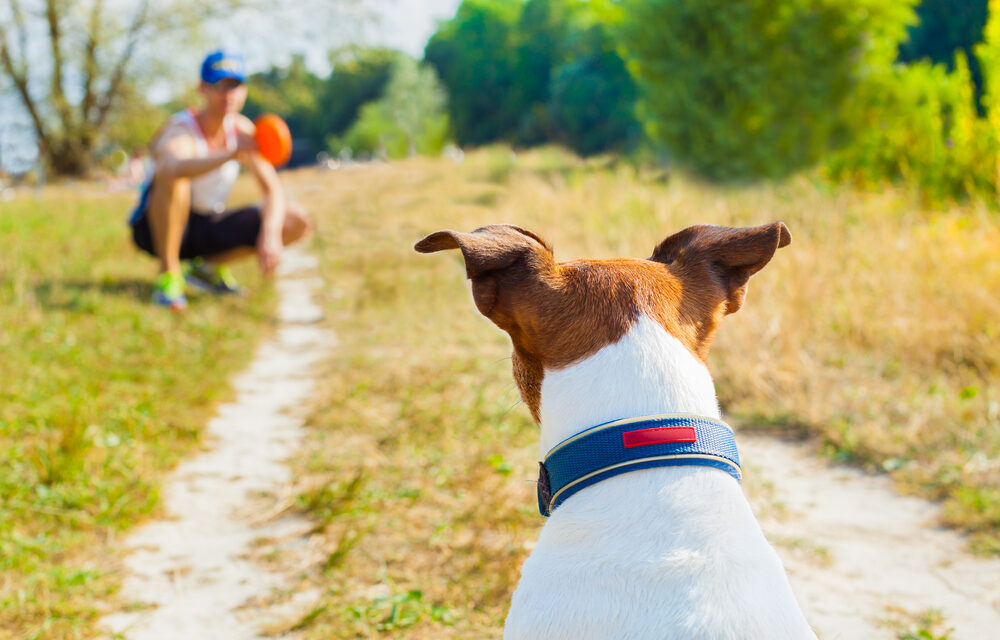How to help pets maintain healthy weights
Courtesy of the Niagara Frontier Veterinary Society
Like their human companions, pets can struggle with their weight. According to the Association for Pet Obesity Prevention (APOP), in 2014 an estimated 53 percent of dogs and 58 percent of cats in the United States were overweight or obese. And according to the Niagara Frontier Veterinary Society (NFVS), being overweight or obese can shorten pets’ lives by increasing their risk for insulin resistance, type 2 diabetes, high blood pressure, kidney disease, cancer, and osteoarthritis. It is estimated that unhealthy weights can shave up to 2.5 years off of pets’ lives.
Sedentary lifestyles and overeating can contribute to weight gain in cats and dogs. In addition, choosing the wrong foods for an animal’s activity level may contribute to weight gain.
Is my pet too heavy? Many pet owners miss signs that their pets are maintaining unhealthy weights, and have a distorted perception of what qualifies as a healthy weight, thinking a few extra pounds make for a robust pet. But those extra pounds could be causing substantial harm to cats and dogs. Both APOP and NFVS list healthy weight guidelines for cats and dogs. Cats and small dogs are easily weighed by first weighing yourself and then weighing yourself while holding the animal. Subtract your weight, and you will know how much your pet weighs. Large dogs that are difficult to pick up require larger scales, but this can be performed at a veterinarian’s office.
Wellness visits. Wellness visits provide opportunities for accurate assessments of pets’ weights. Vets conduct visual assessments to determine if pets are maintaining healthy weights, while also sharing information about the ideal weight for your pet.
Cats’ and dogs’ waists should be visible when viewed from above. If your pet seems thick in the middle, chances are he or she can stand to lose some weight.
Healthy Eating. Healthy eating is key to getting cats and dogs to shed some pounds. Animals suffering from illness may need to pursue other avenues to weight loss. Ask your veterinarian how much your pet needs to lose and the role of diet in weight loss. Reduce caloric intake accordingly until pets reach the weight vets recommend. When pets are already overweight, adhering to guidelines on food packaging may make it difficult for pets to lose weight.
Exercise. Dogs can go out for walks or engage in other aerobic activity, such as playing games of fetch. It can be more challenging to get cats to exercise. Toys that play into a feline’s predatory nature, such as things he or she has to hunt or chase, may inspire cats to move more.
Overweight pets need exercise and changes to their diets in order to lose weight and extend their life expectancies. Consult your veterinarian for advice on how to help pets shed pounds they can keep off for years to come.
The Niagara Frontier Veterinary Society consists of 75 small animal hospitals and 200 practitioners in Erie and Niagara counties. Learn more at www.nfveterinarysociety.org.












